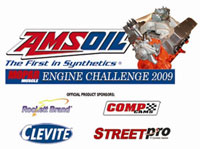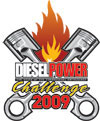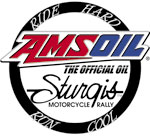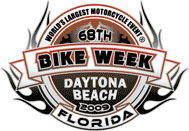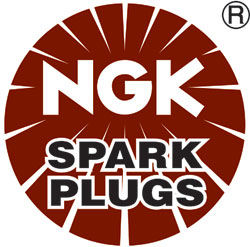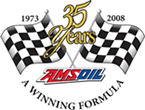AMSOIL For Euro Trash
Forget the title. In my opinion European cars represent the pinnacle of craftsmanship, quality, and performance.
Although in recent years a handful of US made cars with outstanding performance have given their European counterparts a run for their money.
Although today’s foreign cars are largely reliable many of their predecessors suffered from odd and expensive problems that resulted in the stigma that European cars are a pain to own.
Adding to the challenge European cars require a different motor oil than what you use in your Ford, Chevy or Dodge.
Today, I want to talk about those differences and how AMSOIL offers a solution for European car owners.
- Strict emissions standards
The European Union maintains more strict standards for carbon dioxide (CO2) and carbon monoxide (CO) emissions than we do here in the US.
(Our standards for nitrogen oxides (NOx) and particulate matter (PM) are more strict however.)
Because modern diesels emit lower CO2 than gasoline engines the Europeanmarket pivoted toward increased use of diesels in the 1990s. Diesels also provide better fuel economy.
One drawback however is the higher levels of NOx and PM diesels produce.
To counteract this diesel powered European vehicles are equipped with diesel particulate filters (DPF) and catalysts designed to reduce tailpipe emissions.
Here’s where motor oil comes into play.
An oil’s formulation can have a negative effect on sensitive emissions control devices.
Certain components in the motor oil formulation such as sulfated ash phosphorus and sulfur (known collectively as SAPS) can reduce the life of DFPs and other emissions devices.
For that reason motor oils formulated for European vehicles often contain lower SAPS levels to protect emissions control-systems.
2. Longer oil change intervals
European automakers have recommended longer oil change intervals for years.
In the US and Canada however the traditional 3,000 mile oil change is still around.
Europeans are accustomed to changing oil far less often with drain intervals of 16,000 km (10,000 miles or so.)
One reason is the higher cost of oil in Europe.
Another is the differences between manufacturer recommendations.
For example, oil changes for 1999-2013 BMWs are required only every 15,000 miles.
Longer drain intervals common with European cars require an oil capable of protecting against wear, deposits, and sludge for the duration which requires a more robust oil.
3. Viscosity differences
Check the owner’s manual for which viscosity oil to use and you’ll likely find a chart that suggests different viscosities for different operating temperature ranges.
In cold weather the OEM may recommend 5W-30.
In warm weather, 5W-40
Traditionally drivers settle on 0W-40 or 5W-40 to offer the best of both worlds - good cold flow at startup to protect against wear and good heat resistance once operating temperatures are reached.
4. OEM Approvals
Staying with your owner’s manual the OEM also recommends you use an oil that meets a specific performance standard.
A Volkswagen owner, for example, must use an oil that meets the requirements of VW’s own performance specs.
The same holds for Mercedes, Porsche, and other European cars.
Complicating matters, each OEM motor oil specification is slightly different.
One OEM may require oils that offer better performance against oxidation, while another may require better resistance to viscosity loss.
OEM specifications tend to be more strict and require better motor oil performance than the industry specs we’re used to in the US and Canada such as API SN Plus or ILSAC GF-5.
This of course requires more advanced (and typically expensive) motor oil technology delivered almost exclusively by synthetics.
All these differences can confuse you and leave you scratching your head over which oil to use.
Fortunately, we remove the guesswork with our Synthetic European Car Formula motor oil line.
It’s specifically formulated to meet the strict emissions requirements, viscosity needs and OEM performance specifications of today’s sophisticated European vehicles.
Use our Product Guide at amsoil.com to find the specific oil for your customers.
Owning a European car may still present challenges to you, but finding the right oil to maximize protection and performance won’t be one of them.
For more information on this topic or any other question you may have feel free to contact me.
If you are interested in becoming an AMSOIL dealer follow the link below to get started.
Sincerely,
Jesse Hull
Mechanical Engineer
AMSOIL Direct Jobber
913-713-8850 | Privacy Policy

